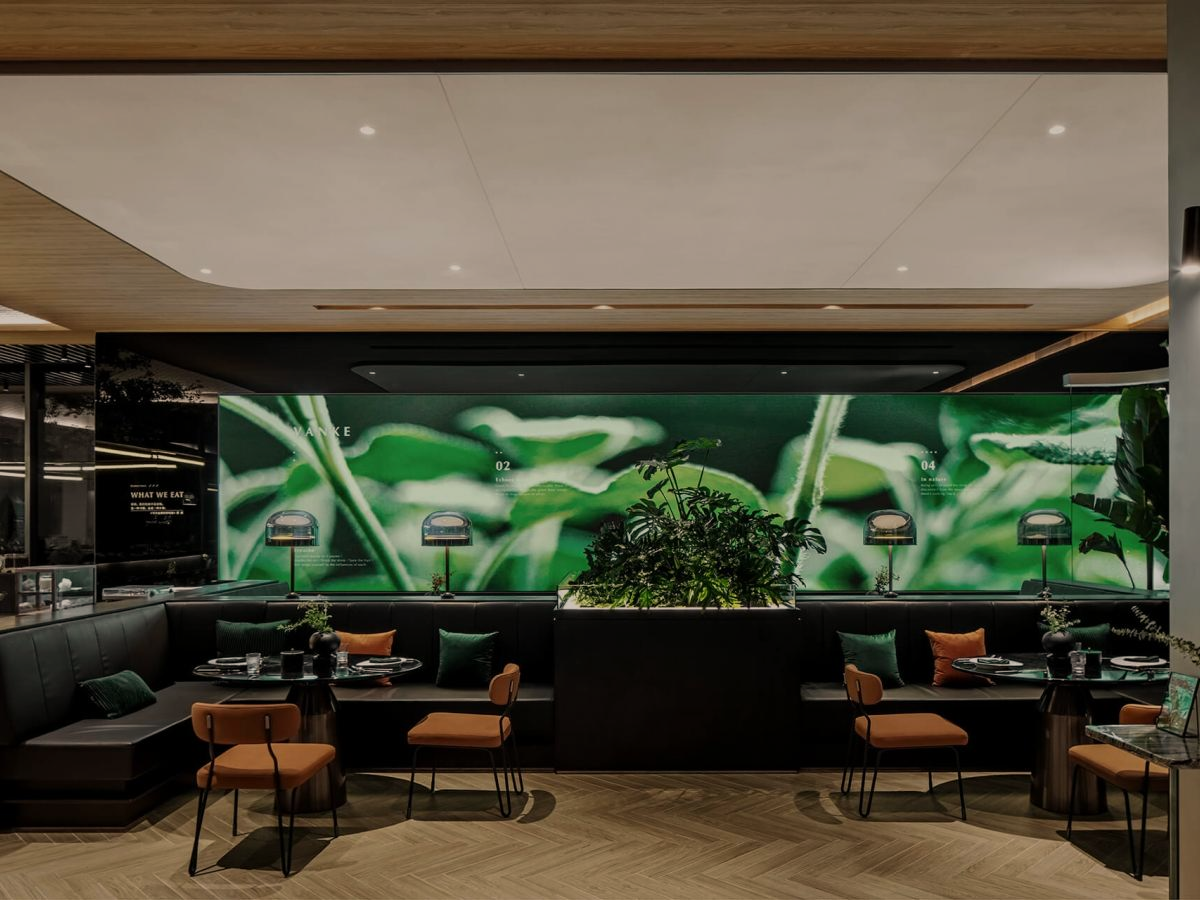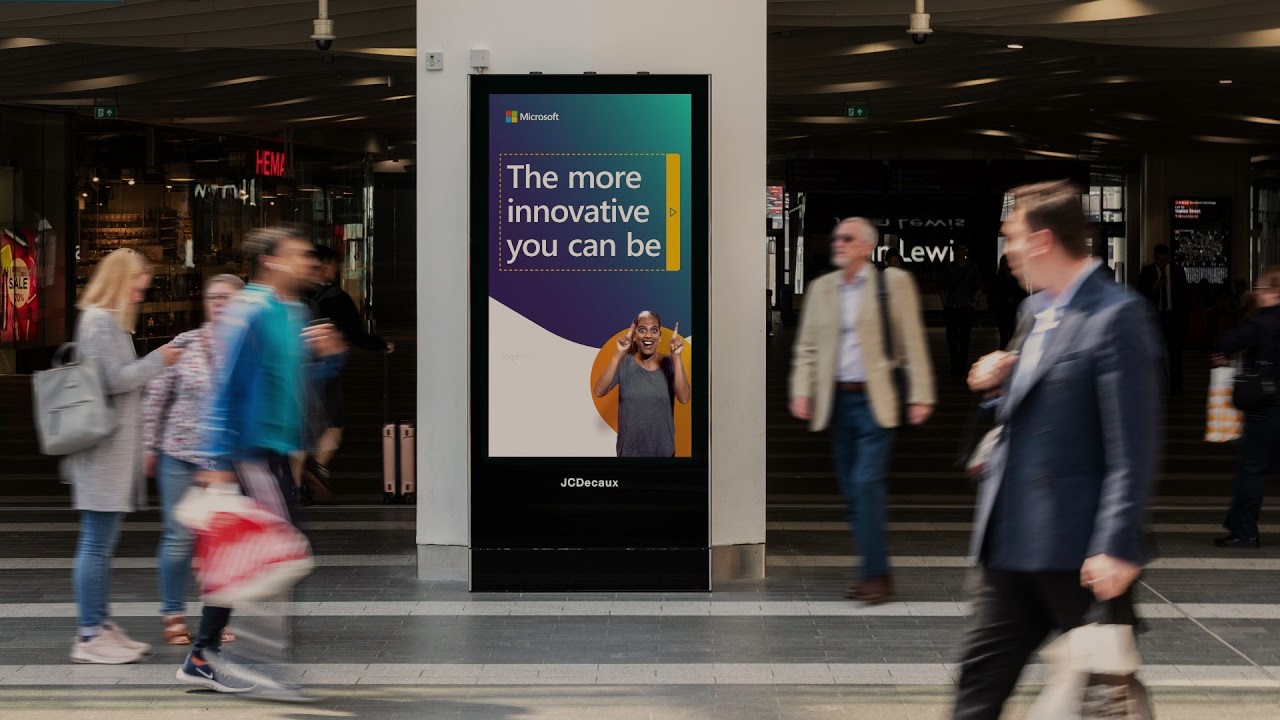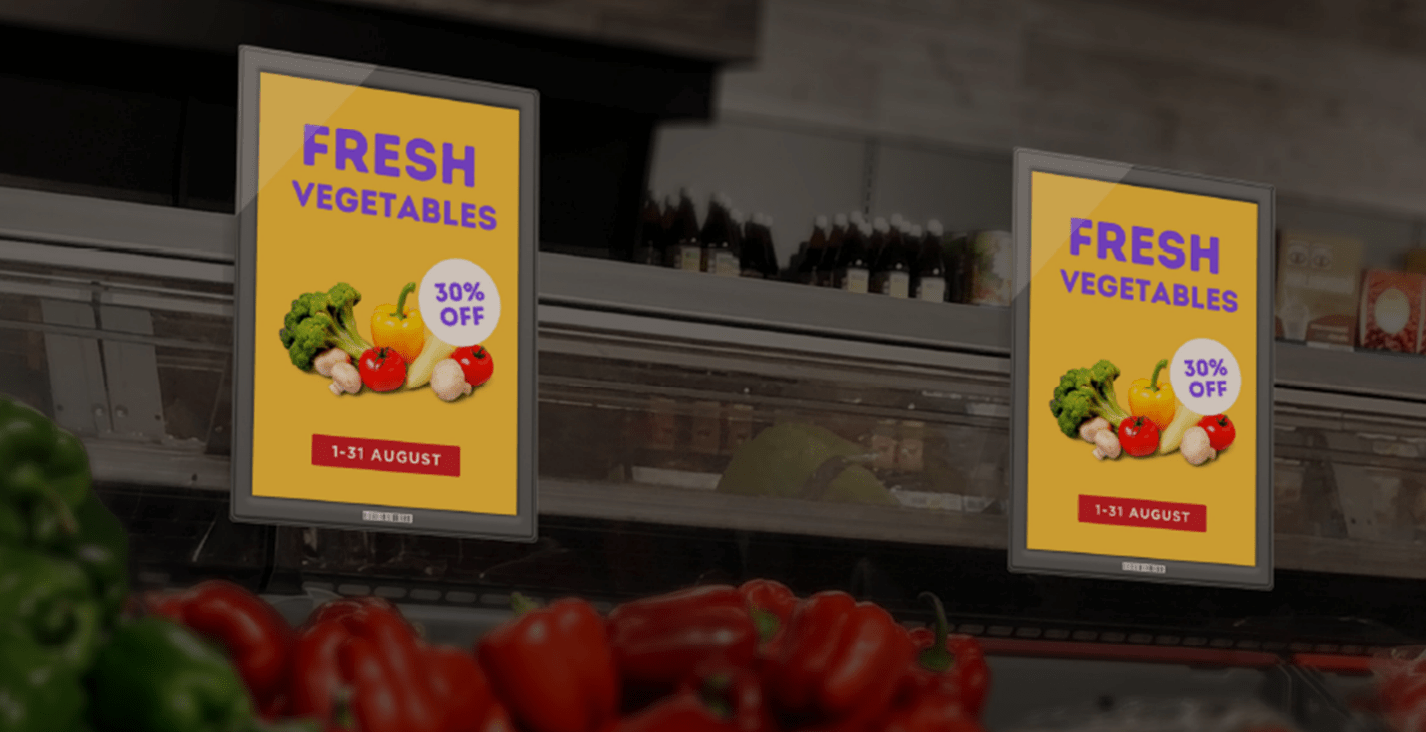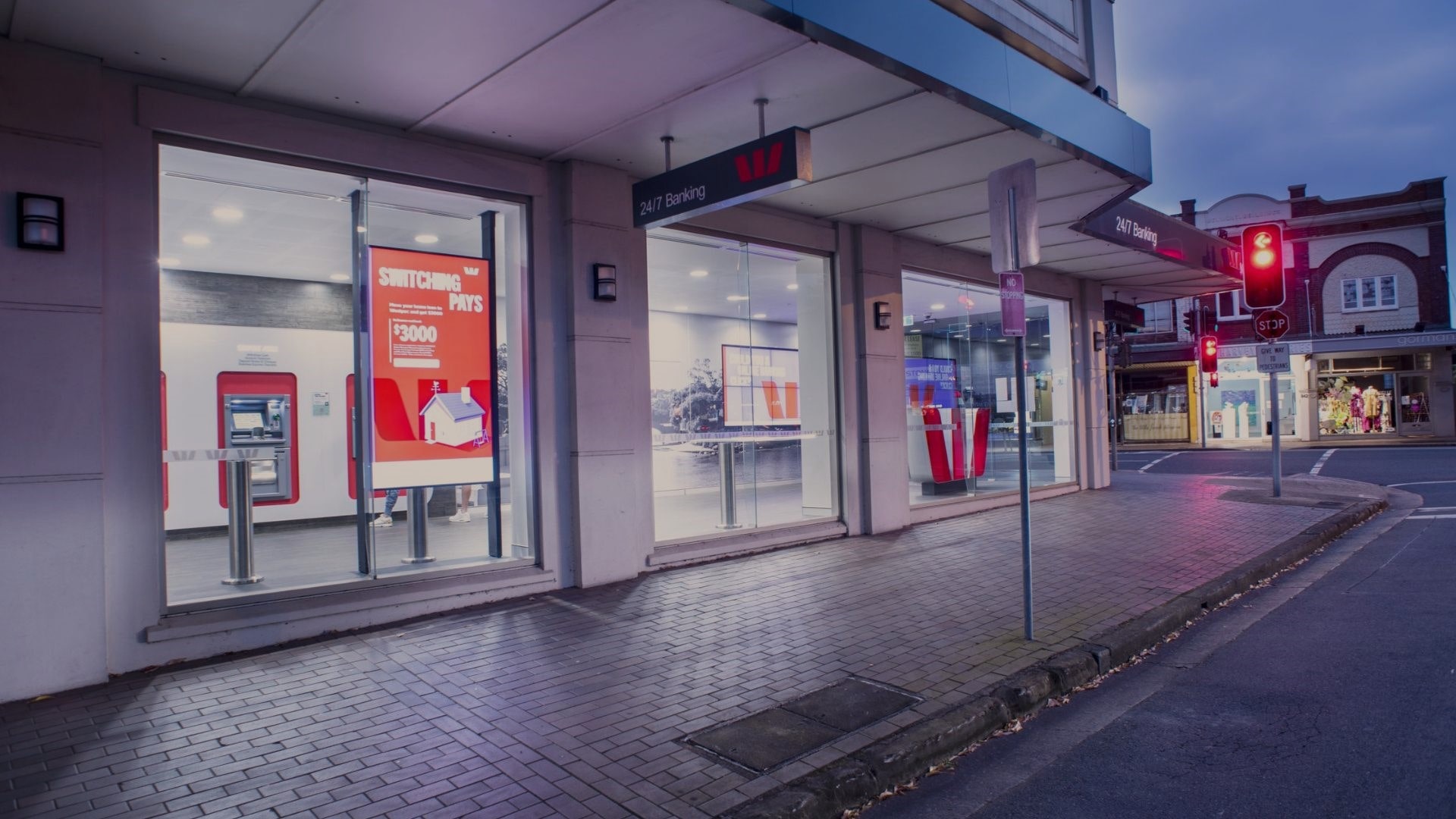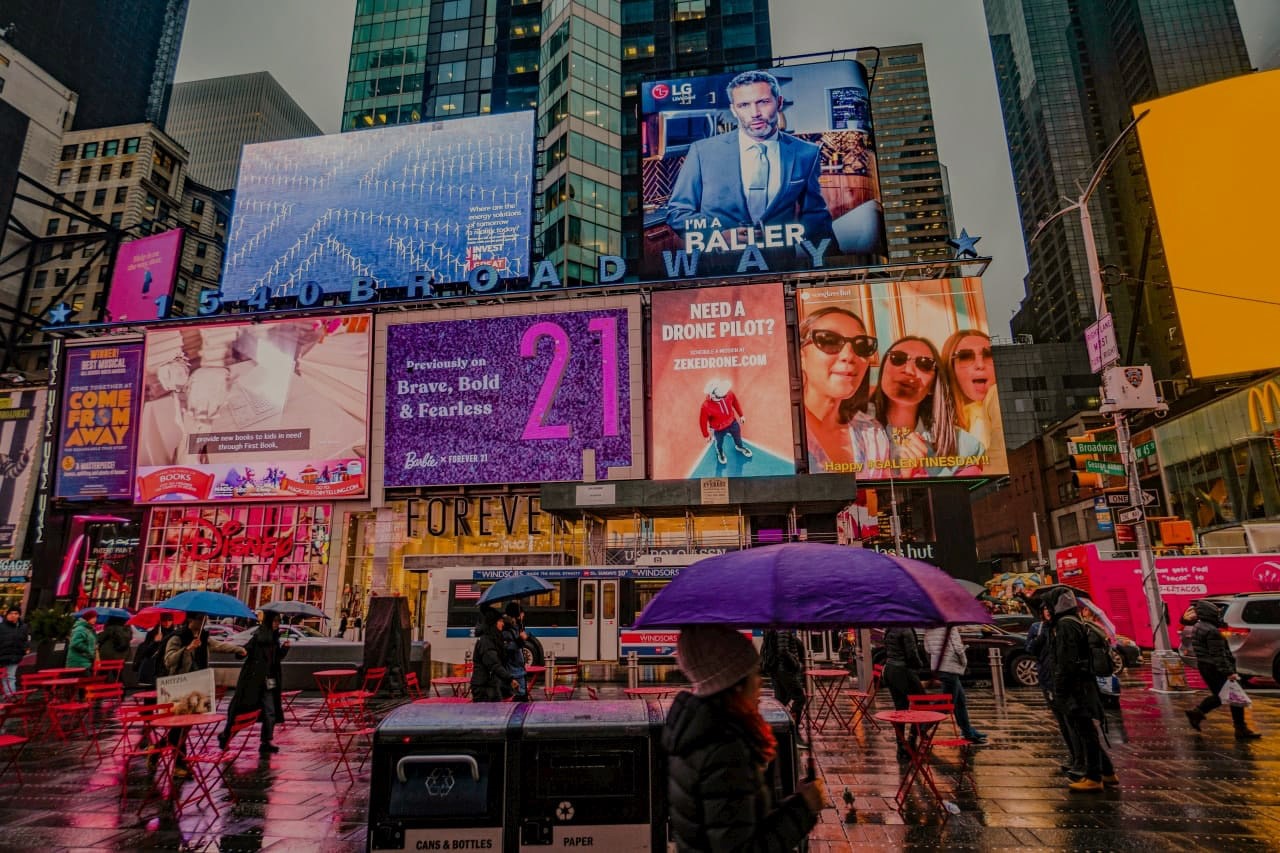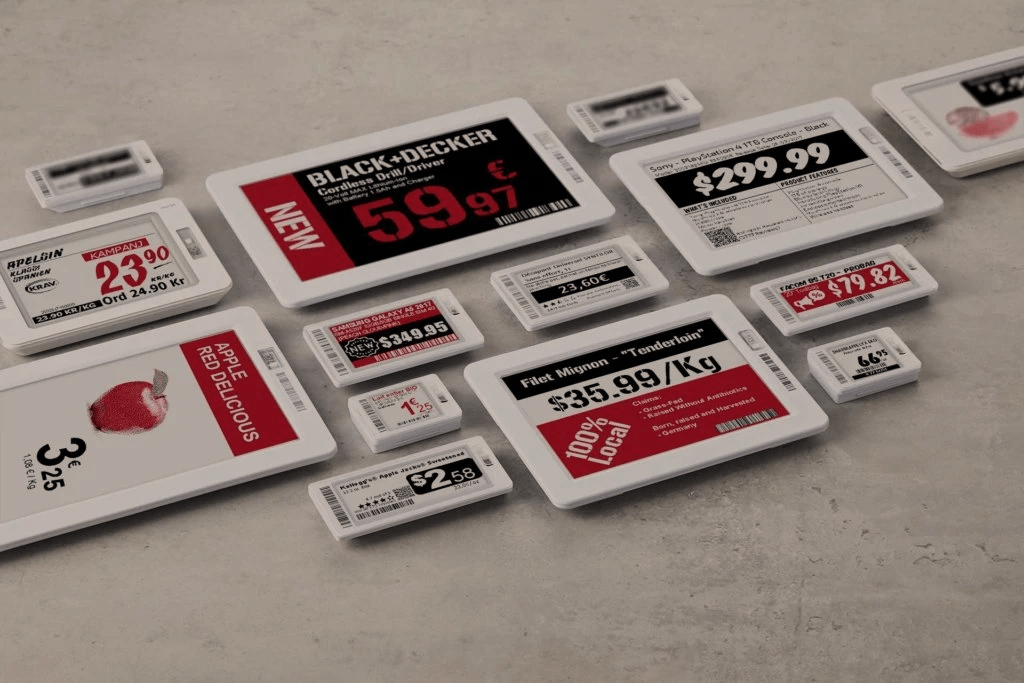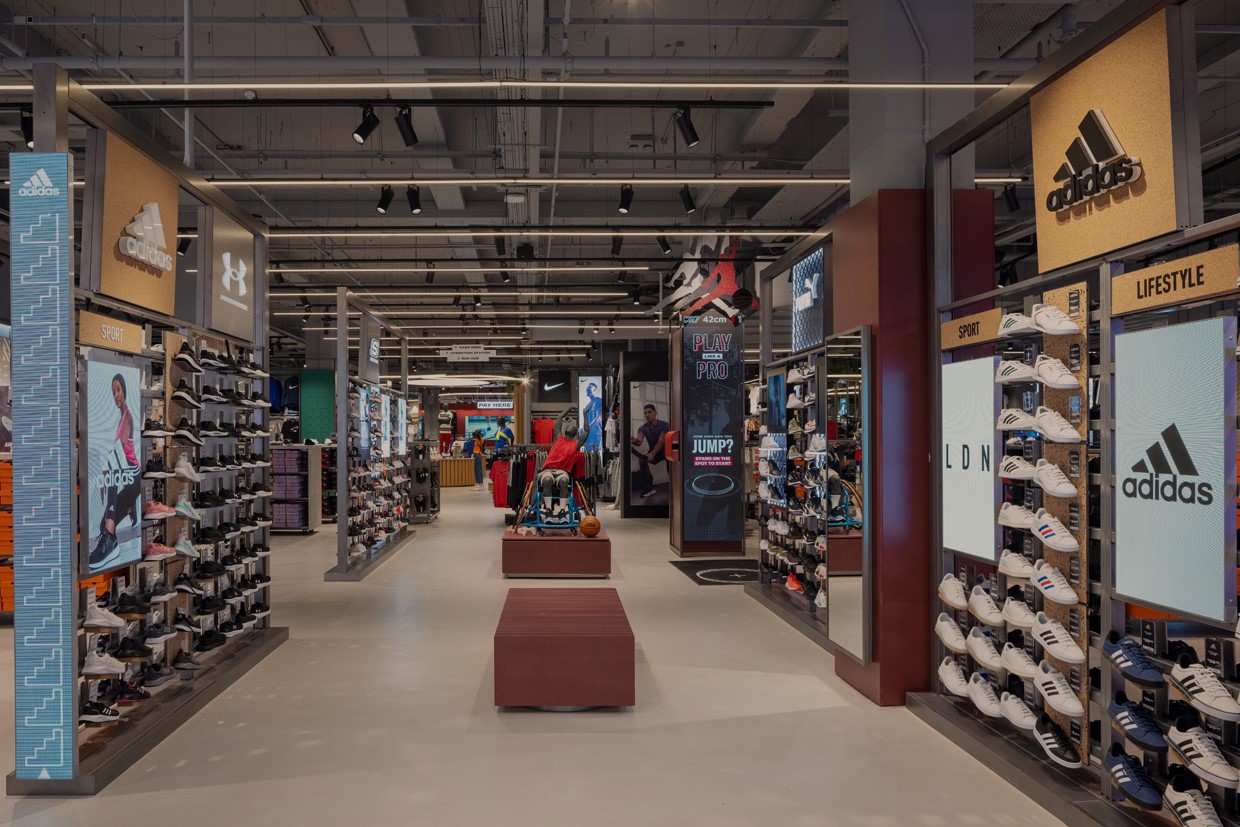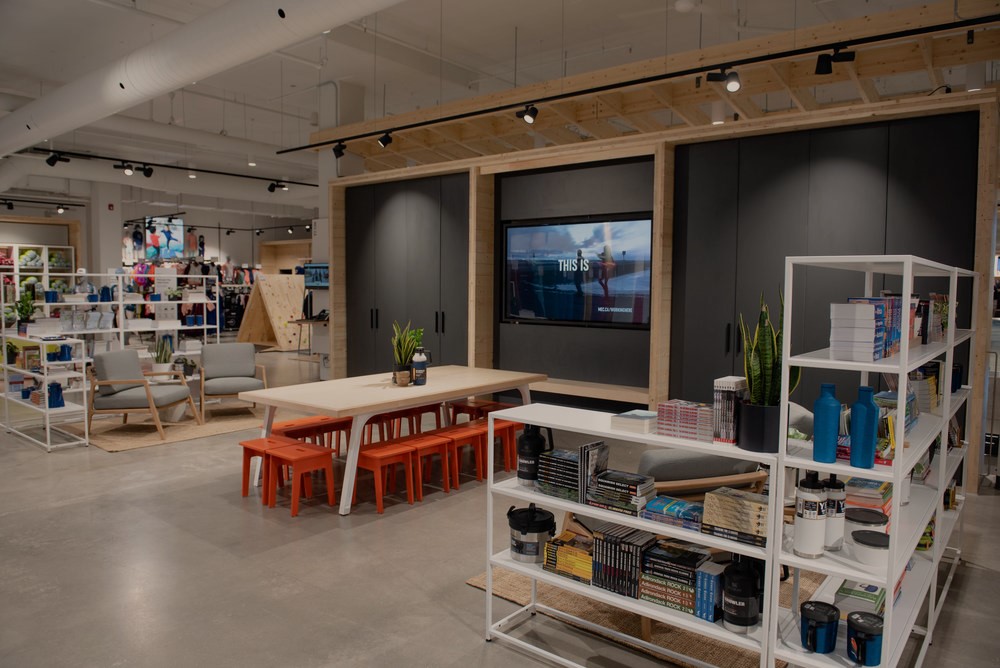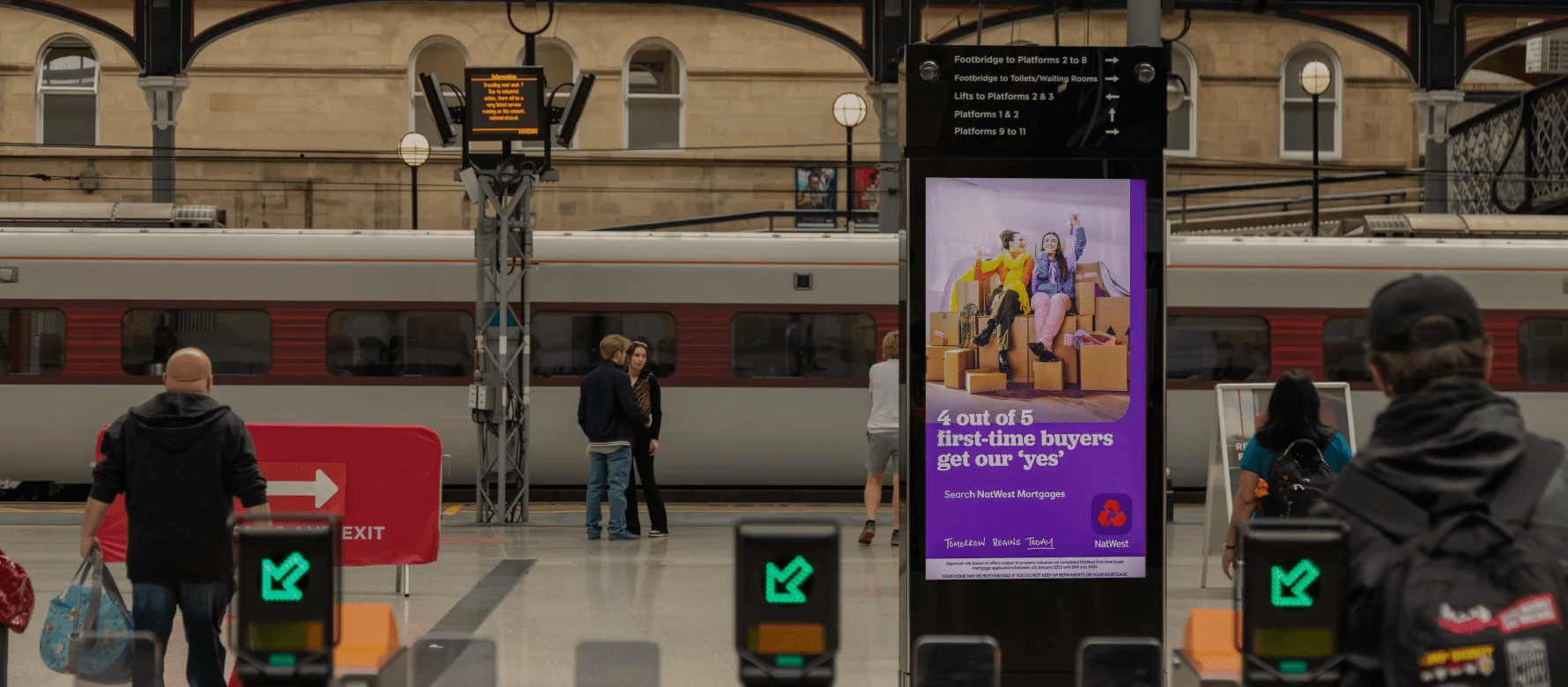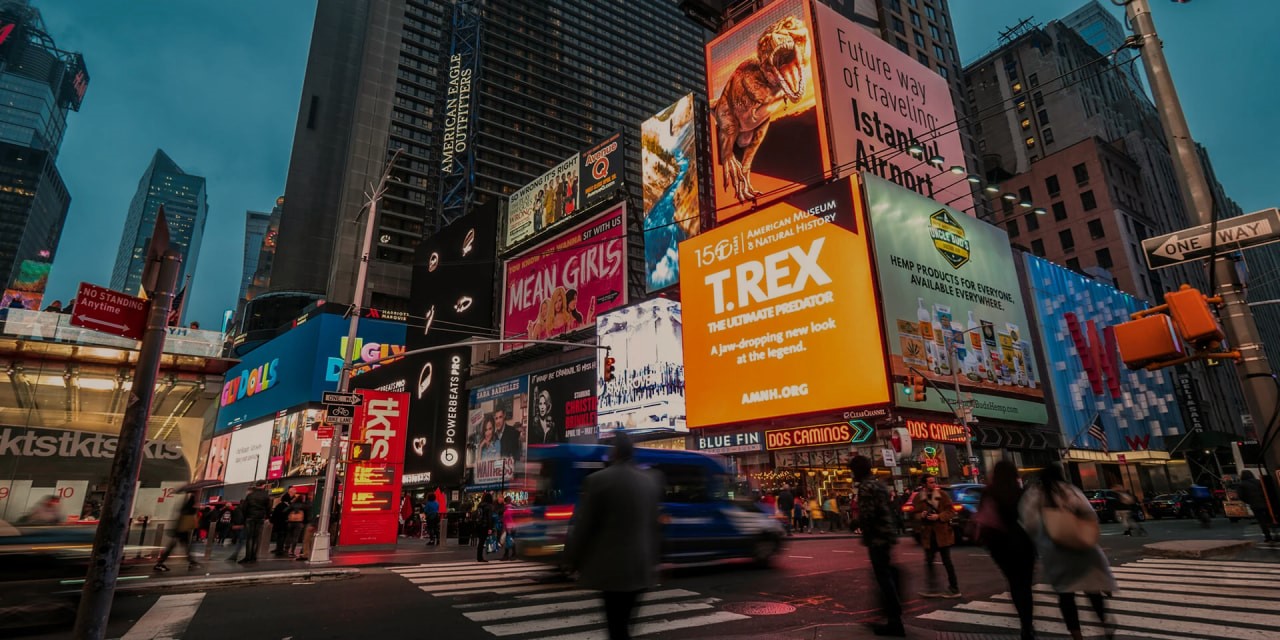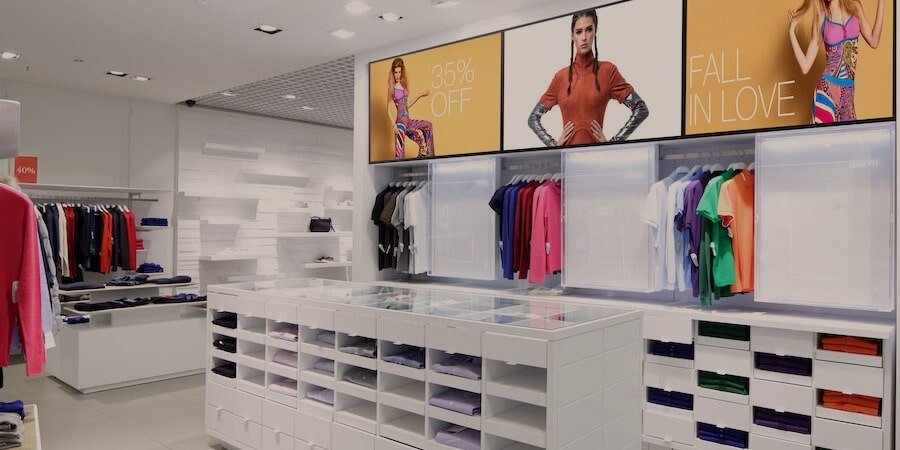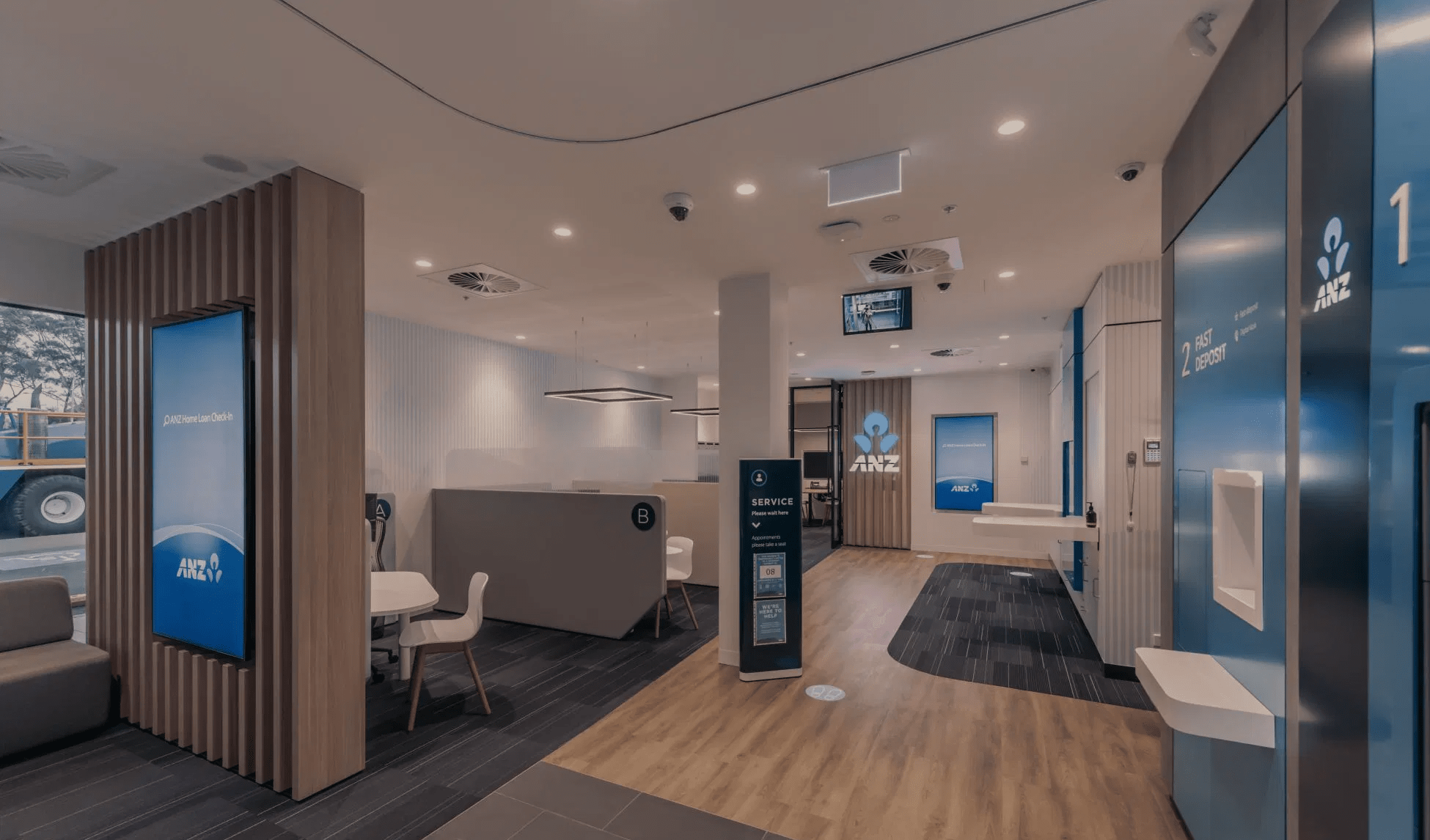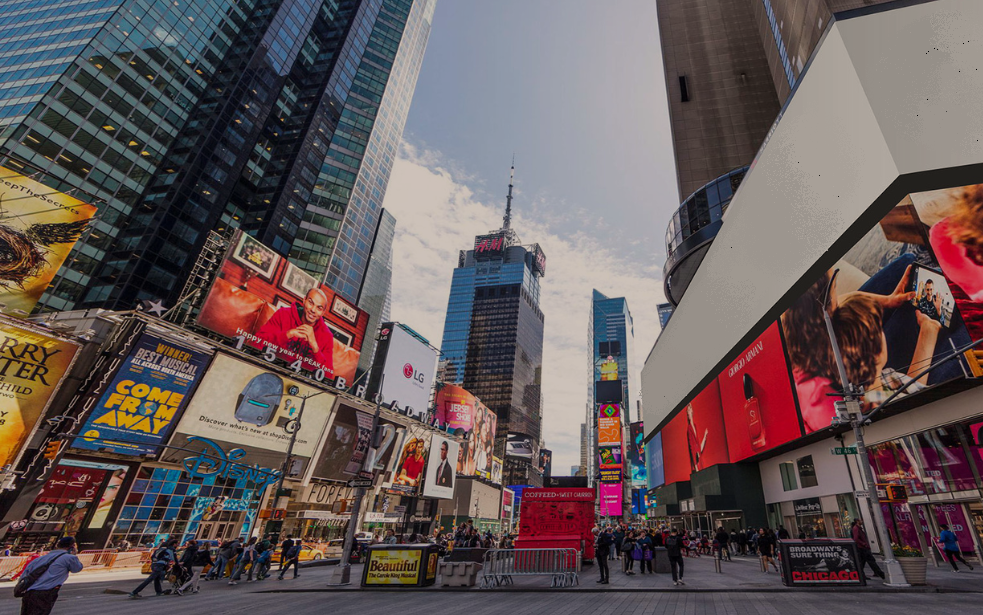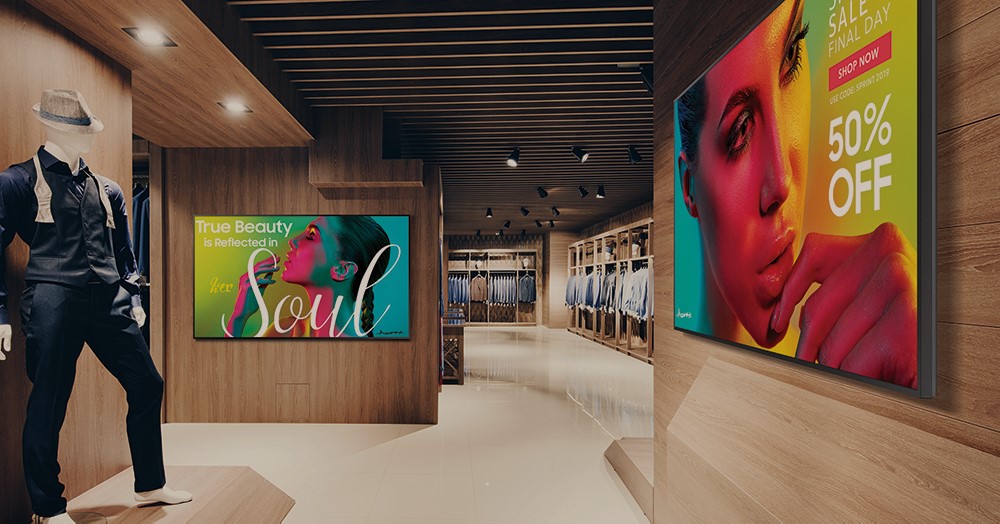Digital signs reduce the perceived wait time by 35%
Digital signs reduce the perceived wait time by 35%. Any waiting is very tiring for a person. Regardless of where he is — in line at the store or he needs to see a doctor — sitting idle will be plainly boring.
How does Digital signs make waiting comfortable?
Waiting in line, whether it’s at the checkout or for a doctor’s appointment, is a tiring process that everyone occasionally encounters. It often irritates and makes the customer experience less pleasant.
At the same time, the “actual” wait time can be perceived differently: sometimes 5 minutes fly by unnoticed, and sometimes they can seem like an eternity. How can a business reduce the “perceived” wait time and increase customer satisfaction in such a case? One of the best solutions is Digital signs.
Queue management methods using Digital signs:
Although many companies are already doing everything possible to manage queues and speed up service, some are still not thinking about improving the waiting process itself. Digital signs is one of the most effective solutions for managing the customer experience. In fact, digital signs can reduce the “perceived” wait time by 35%.
Display of wait time
If a customer doesn’t know how long they will have to wait, it might be harder for them than if the wait time is known. Therefore, it’s worthwhile to inform visitors about the duration of the wait. For instance, if a patient sees that the dentist’s appointment will start in 30 minutes, they will be less anxious and worried. The state of uncertainty always exhausts, which increases customer dissatisfaction.
Navigation
Time can be spent not only on waiting but also on searching for necessary places (cashier, restroom, information service, etc.), especially in large buildings and premises. If customers constantly get lost, their satisfaction with the services may decrease. To prevent this, companies use digital signposts to organize an effective navigation system inside the building. Unlike static posters, the content of digital displays can be instantly updated to show any directions (which is particularly relevant when certain areas are closed or occupied).
Notification of Customers
Inform visitors about the approach of their turn using digital screens. In this way, a feeling is created that people are not just wasting their time: they have a ticket, and their turn will definitely come shortly. This makes the waiting seem more justified. This way of queue management is popular in banks: digital screens notify not only about whose turn has arrived but also about which window/office one should approach.
Distraction Techniques using Digital signs:
Video Content
Boredom arises when a person starts to focus on the passage of time itself. To avoid this, distracting factors are needed to shift the focus of attention. Here the multimedia capabilities of Digital signs can come into play, namely the broadcasting of video content.
Digital screens display marketing messages, informational videos, broadcast live streams, YouTube, or show customer reviews, as well as other video materials that interest and entertain customers, reducing their attention to time.
Point of Sale Advertising
Broadcasting special offers and promotions is a great way to attract customers’ attention to the advertised items. Unlike static posters, bright and dynamic images on digital screens effectively hold and distract customers’ attention during tedious waits at the checkout or fitting areas. At the same time, such content can contribute to increasing sales: studies have shown that every fifth customer makes impulsive purchases after seeing advertisements on digital screens (DOOH Advertising).
Social Media
Social networks are a great tool for “killing” time. And that’s exactly what customers waiting in line need.
Social networks can provide various ready-made materials for digital signage – from product images and video clips to customer reviews. Display live broadcasts of accounts, posts by hashtags, photos of your services or products on the screens. Such content can enhance brand recognition, attract customers’ attention to social networks, and expand the reach of marketing campaigns.
Opportunity to gain additional income
The placement of screens allows not only to brighten up consumers’ waiting time but also to obtain additional income without doing much for it. This is especially relevant for places with high foot traffic. According to the publication Independent Retailer, sales volumes due to this technology can be increased by approximately 31%, if not more. The appeal for advertisers is clear: Digital signs helps address a wide range of tasks. There’s an opportunity, for instance, to present goods or services offered in the given establishment. While a person waits in line, they will familiarize themselves with the presented information and might become interested.
As known, capturing consumer attention is challenging nowadays because the market is oversaturated with information presented in various formats. However, Digital signs offers the opportunity to present data uniquely and vividly. The consumer can quickly orient themselves and understand whether they need this product or service. The content doesn’t appear intrusive due to its presentation style.
Broadcasting and content management is centralized. A campaign can be launched in a short time, and it starts simultaneously on all rented screens, regardless of their distance from each other. The number of venues is limited only by the budget.
Example of using screens in transportation waiting areas
Digital signs screens will undoubtedly find their application in the public transportation sector. There are several reasons to implement them into your operations:
1. The ability to accurately inform about the arrival of transport in real time. If the information is precise, it increases the trust level towards the company. There is even the opportunity to show the location of each bus, which significantly reduces the degree of citizens’ anxiety. The monitor can also be placed inside the vehicle to offer relevant information about arrival, current stops, and so on.
2. Digital information display boards provide a lot of relevant information in a convenient form. This is relevant for waiting zones — passengers can quickly learn about arrival times, flight delays, boarding rules, and so forth. By the way, we discussed the specifics of displaying waiting time in this article.
3. The opportunity to earn income from advertising. Every monitor is a good advertising space. The cost of the advertisement depends on the location, display time, and the overall passenger flow of the route. Overall, it’s a great opportunity to earn extra.
4. The screen enhances the travel experience. If the route is long, sooner or later a person will get bored just sitting in the cabin. But if the screen displays useful information, short movies or clips, guides, the journey becomes much more interesting.
The main drawback of the technology in this case is the large initial investment. High-quality billboards are not cheap, and the maintenance of the equipment also has a high cost. Additional costs for billboard software should be considered as well. Sunlight and temperature negatively affect the display of information on screens inside the transport.
How to manage a queue using Digital signs technology
The technology allows for effective queue management and makes the waiting process not only more interesting for the client but also organized. Moreover, a person will feel that they didn’t spend much time in the restaurant’s queue, as they spent it exploring interesting content. Useful management methods include:
1. Display of waiting time. Uncertainty is not particularly appealing to clients. It’s better to clearly know how long they will have to wait in line. For instance, if a person is waiting for a specialist’s appointment, letting them clearly know that there’s still 10 minutes left will allow them to better prepare and not get anxious.
2. Easing navigation. If we talk about a large shopping center, it’s easy to get lost in it. Waiting time can be spent not only directly waiting for one’s turn, but also getting acquainted with the layout of the establishment. When a person gets lost among a multitude of stores and shopping halls, their satisfaction from the shopping experience decreases significantly. The convenience of display signage software lies in the fact that the information can be changed at one’s discretion as needed.
3. Notifying clients about something. The digital menu software for restaurants can display data indicating that a certain person’s turn has come. It’s best to supplement this data with a voice or sound notification. With such an approach, the client will not feel that they’re wasting time waiting. They might have a queue number, for instance, and they won’t be left wondering when their turn will come.
In conclusion
Digital signs in the waiting area provide vast opportunities for promoting products or services. People in queues get bored, and they will mechanically watch whatever is shown on the display. Between video clips and useful information, you can insert a subtle offer to take advantage of a promotion or service using info screen software. This won’t cause irritation, as it is presented as a side note. However, it is very memorable and elicits an emotional response.
It’s worth noting that the competition in business today is very high. So, even despite the high price, Digital signs definitely deserves attention. Mastering the software interface is not difficult, and with the right approach, the client’s waiting experience becomes even more comfortable and captivating.
In the face of stiff competition and the need for multi-channel service, retail companies have actively implemented Digital Signage. Many industries are already discovering the benefits of using digital screens: for instance, medical facilities use displays to entertain visitors while waiting for their appointments, and in the transportation sector, digital boards reduce passenger anxiety by timely informing them about delays and schedule changes.
Additionally, in shopping centers and stores, Digital Signage is used to promote special offers, demonstrate new arrivals, or for interactive communication with customers. Restaurants and cafes have stepped up their use of digital menus, which are easily updated and catch the attention of guests with various video recipes or brand stories. In this way, Digital Signage is becoming an increasingly versatile tool that ensures additional interaction between the brand and its clients, enhancing loyalty and satisfaction from the provided services.
If you have a need for the implementation of such Digital Signage solutions, you can always discuss this with an Advision consultant (How it works?)!
Share the news

















